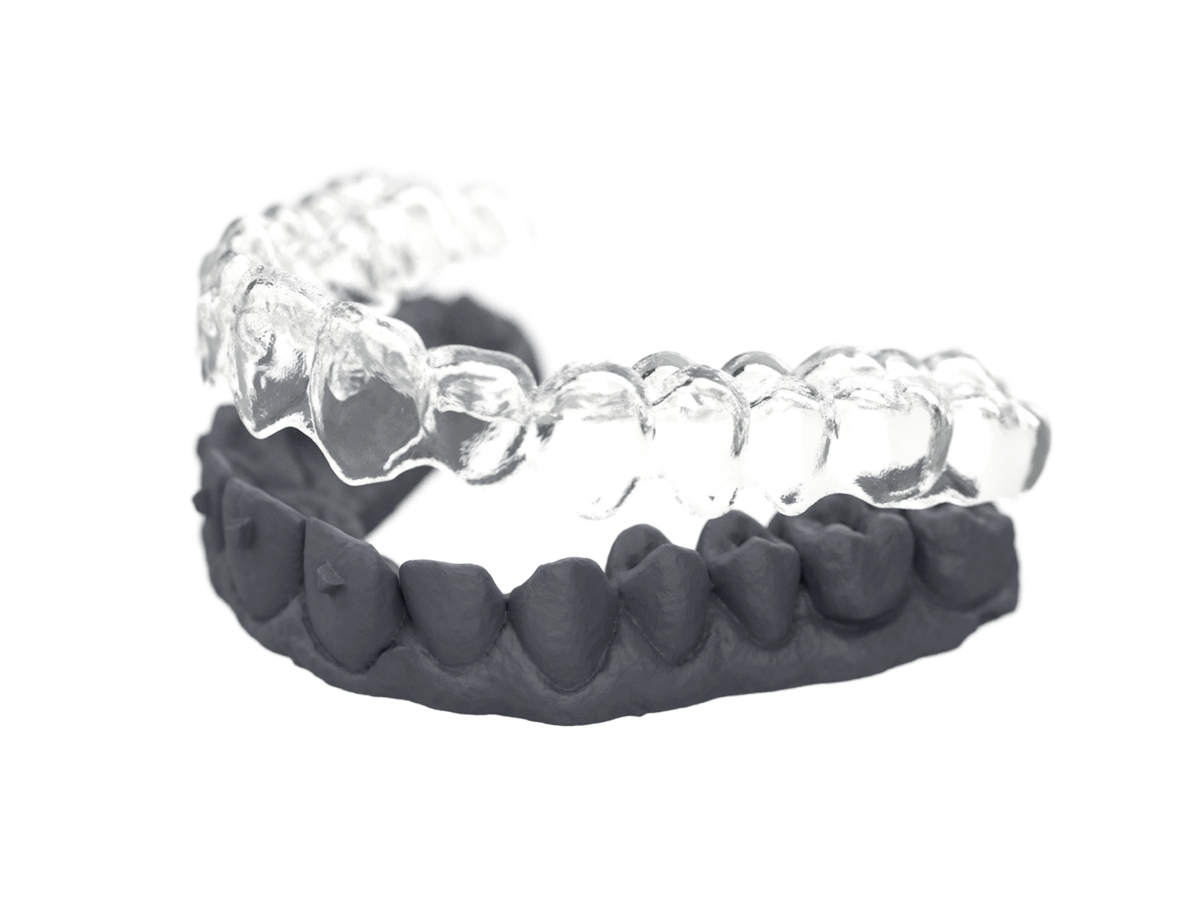Biocompatible Resin 3D Printing Creates Custom Surgical Models For Medical Training
Introduction
Biocompatible resin 3D printing is transforming medical education by enabling the production of highly accurate, customized surgical models that improve hands-on training and procedural rehearsal. Using advanced resin 3D printing technologies such as Stereolithography (SLA) and Digital Light Processing (DLP), premium biocompatible resin materials like Medical-Grade Biocompatible Resin, Flexible Resin, and Tough Resin deliver high anatomical fidelity, mechanical performance, and safe handling for medical environments.
Compared to traditional training models, resin 3D printing for surgical training models offers unparalleled anatomical accuracy, faster production times, customization based on real patient data, and the ability to simulate tissue behavior realistically.
Applicable Material Matrix
Material | Biocompatibility | Flexibility | Surface Finish | Tensile Strength (MPa) | Surgical Model Suitability |
|---|---|---|---|---|---|
ISO 10993 Certified | Moderate | Excellent | 50–70 | Long-term contact surgical models | |
Biocompatible (Short-Term) | Very High | Very Good | 10–15 | Soft-tissue simulation models | |
Biocompatible (Limited Contact) | Moderate | Very Good | 55–65 | Functional practice models | |
Biocompatible (Short-Term) | High | Good | 45–55 | Repeat-use training parts | |
Non-biocompatible | Low | Excellent | 50–70 | Static anatomical demonstration models |
Material Selection Guide
Medical-Grade Biocompatible Resin: Provides excellent surface finish, anatomical accuracy, and certified biocompatibility (ISO 10993), ideal for long-term contact surgical simulation models and procedural planning.
Flexible Resin: Mimics soft tissue properties for creating highly realistic skin, vascular, and organ models, enhancing tactile training realism.
Tough Resin: Offers high impact resistance and mechanical performance, making it suitable for simulating bone structures and practicing drilling, cutting, or device placements.
Durable Resin: Designed for producing repeat-use models such as modular training systems, where flexibility and fatigue resistance are important.
Standard Resin: Ideal for educational and presentation models where tactile handling or surgical simulation is not required.
Process Performance Matrix
Attribute | Resin 3D Printing Performance |
|---|---|
Dimensional Accuracy | ±0.03–0.05 mm |
Surface Roughness (As-Printed) | Ra 2–6 μm |
Layer Thickness | 25–100 μm |
Minimum Wall Thickness | 0.5–1.0 mm |
Feature Size Resolution | 100–300 μm |
Process Selection Guide
Anatomical Accuracy: 3D printing captures fine anatomical features from patient imaging data (CT, MRI) or CAD designs, critical for realism in surgical training.
Material Behavior Simulation: Different resin formulations allow for realistic responses to suturing, incisions, drilling, and implant practice.
Customizability: Models can be tailored to specific patient cases, rare pathologies, or training focuses (vascular models, orthopedic fractures, tumor resections).
Rapid Production: Enables fast iteration of case-specific training models or comprehensive surgical curriculum kits development without expensive tooling.
Case In-Depth Analysis: Medical-Grade Resin 3D Printed Cardiac Surgery Training Model
A cardiac surgery training center needed anatomically accurate, durable heart models for teaching complex surgical techniques. Using our resin 3D printing service with medical-grade biocompatible resin, we produced heart replicas, achieving dimensional accuracy within ±0.05 mm and featuring detailed anatomical structures such as valves, arteries, and chambers. Flexible inserts simulated vessel elasticity, allowing trainees to practice real suturing techniques. Post-processing included sterilizable finishing to meet hygiene requirements for medical handling.
Industry Applications
Medical Training and Simulation
Patient-specific surgical rehearsal models.
General anatomy teaching models for medical students.
Procedural practice models for minimally invasive surgery.
Medical Device Development
Device testing models for catheters, implants, and surgical tools.
Simulated anatomy for device insertion, deployment, and usability validation.
Hospitals and Surgical Centers
Preoperative planning tools based on patient imaging data.
Custom practice models for complex or rare surgical procedures.
Mainstream 3D Printing Technology Types for Surgical Training Models
Stereolithography (SLA): Best for smooth, detailed, high-accuracy anatomical models.
Digital Light Processing (DLP): Ideal for fast production of highly detailed, compact surgical models.
Multi Jet Fusion (MJF): Suitable for durable training models requiring consistent mechanical properties.
FAQs
What resin materials are best suited for 3D printed surgical training models?
How does biocompatible resin 3D printing improve surgical education and simulation?
Can 3D printed surgical models replicate soft tissue or bone behavior?
What post-processing treatments ensure safe use of 3D printed surgical training tools?
How does 3D printing support the creation of patient-specific surgical rehearsal models?

